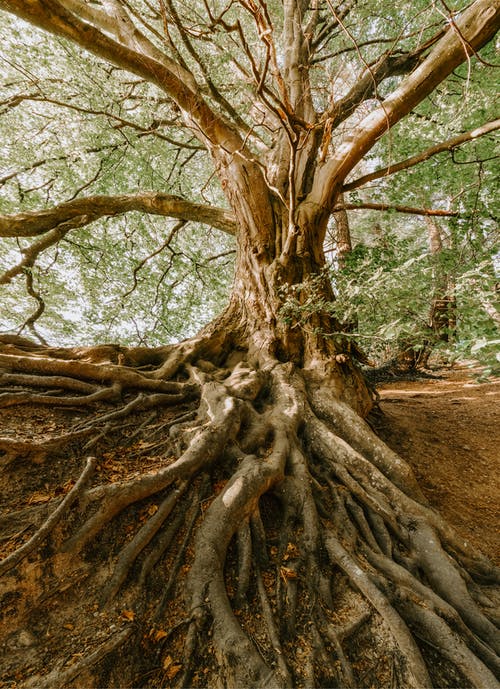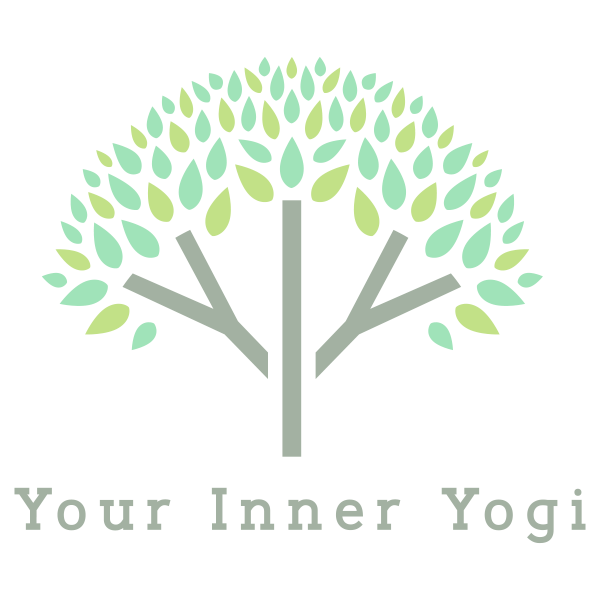
Ancient Words of Wisdom: Motion and Stillness
Reflections on Yoga’s Classic Texts
By Leigh Pittenger
Purpose of this series:
Ancient texts have influenced the contemporary practice of yoga. You’ve likely read or heard of such famous works as the Hindu devotional classic, The Bhagavad Gita, or Patanjali’s Yoga Sutra. The purpose of this blog is to offer short, personal reflections on quotations from classic sources that have illuminated my own practice and teaching, or simply sparked my imagination. I hope that they’ll offer some food for thought and conversation. Feel free to share your own perspectives in the comments!
Series 1: Daodejing of Laozi
Entry #2: Motion and Stillness
Excerpt from Chapter 16
Attain extreme tenuousness;
Preserve quiet integrity.
The myriad creatures are all in motion!
I watch as they turn back.
The teeming multitude of things, each returns home to its root;
And returning to one’s root is called stillness.
I’ve been a nature-lover since childhood. I grew up on the outskirts of a town in Middle Tennessee, with woods in the backyard and a river within a short hike’s distance. How I loved watching the abundant life that surrounded me! Squirrels would chase each other from tree to tree and rabbits would scamper through the grass. Bluebirds and finches would dart to the feeders, chattering at one another. Butterflies would swoop in elegant dances from flower to flower. I never tired of watching “the myriad creatures . . . all in motion!”
Yet, underlying the sights and sounds of teeming life in motion, I could also tune in to a sense of stillness and peace. The Daodejing celebrates this balance of motion and stillness in nature. Each creature “returns home to its root,” and “returning to one’s root is called stillness.”
I love this image of “returning to one’s root.” I think of yoga practice in terms of this paradox of motion and stillness. I choose to begin and end each practice with stillness. First, I establish a sense of grounding, bringing my awareness to wherever my body is in contact with the earth. In a standing pose, I feel the soles of my bare feet firmly rooting into the mat or the hardwood floor. Or, lying on my back, I’ll let my body sink into the earth, feeling safe and supported. Upon returning to movement after grounding and centering, my movements are more mindful and deliberate, and I know that I can always return to that still, calm, centered place whenever I need to.
Reflection Question:
Does your yoga practice help you to tap into stillness or “return home to your root”?
What does home or rootedness look or feel like for you?
About the Author: Leigh Pittenger
With a PhD in Religious Studies from Emory University, Leigh has taught courses in world religions at Rhodes College and Christian Brothers University in Memphis. She enjoys studying and teaching sacred texts that have influenced yoga, including the Bhagavad Gita, the Yoga Sutra, and the Daodejing of Laozi.

